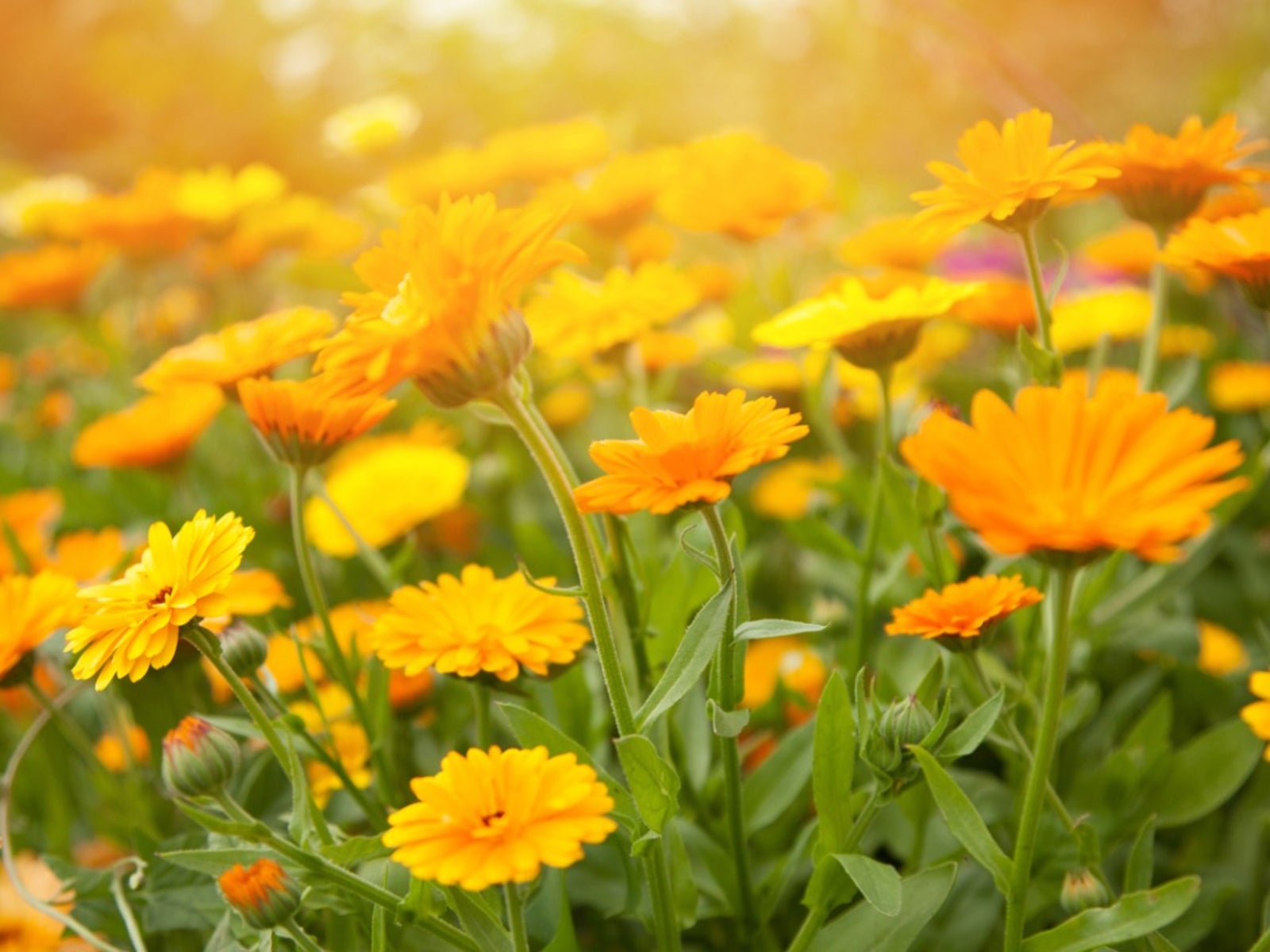Common Diseases Of Calendula – How To Treat Sick Calendula Plants

Calendula is a genus in the daisy family Asteracea that has been used both in cooking and medicinally for centuries. Useful to treat a variety of medical ailments calendula may be, but that doesn’t mean calendula doesn’t get its own share of plant diseases. How do you treat sick calendula plants? Read on to learn about diseases of calendula and managing diseased calendula plants.
Calendula Plant Diseases
Calendula is an herbaceous plant native to southwestern Asia, Western Europe, Micronesia, and the Mediterranean. Easy to grow, the pretty golden petals have been used for hundreds of years in cooking, hence its nickname “pot marigold.” Calendula is also used to dye fabrics and, as mentioned, to treat a multitude of health problems.
- A namesake disease of calendula, calendula smut, is a fungal leaf disease that results in round green/yellow to brownish/black lesions. These spots may have dark brown borders as well. The lesions appear thick and can be viewed on both the back and front of the foliage.
- Aster yellows is caused by phytoplasma rather than a fungus or bacterium and is spread by leafhoppers. Sick calendula plants become stunted, develop witches’ broom, and the flower petals turn green and twisted.
- Powdery mildew is another fungal disease that is most prevalent during warm, humid weather. Foliage may curl and has a white to grayish coating.
- Several pathogens cause root rot in calendula plants. Seedlings as well as mature roots may be afflicted.
- Rust is the result of a number of fungus diseases. As the name suggests, rust colored spots appear on foliage and stalks.
How to Treat Sick Calendula Plants
To combat diseases in calendula, practice good sanitation, allow sufficient space between plants and apply fungicides. Crop rotation is also an important part of managing diseased calendulas. Also, be sure that the soil has excellent drainage. Remove and discard infected plants to slow the spread of the disease and water at the base of the plants. In the case of aster yellows, keep the area around the plants weed free where leafhoppers find habitat and take steps to control them. Also, remove infected plants.
Sign up for the Gardening Know How newsletter today and receive a free copy of our e-book "How to Grow Delicious Tomatoes".

Amy Grant has been gardening for 30 years and writing for 15. A professional chef and caterer, Amy's area of expertise is culinary gardening.
